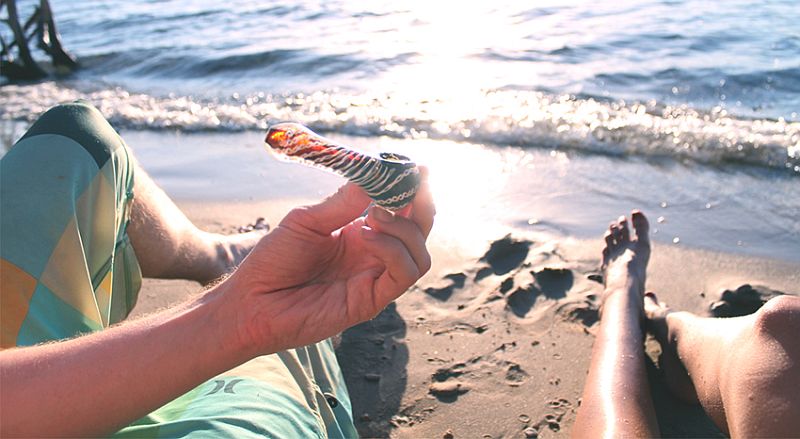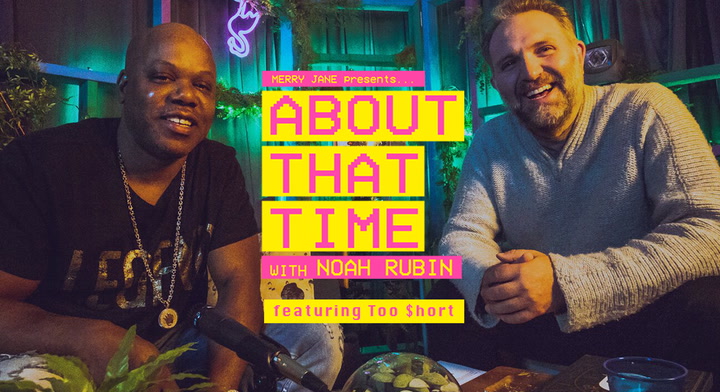Image via
An intriguing new study has found that many cannabis users take a weed break at the start of each year, but gradually smoke more and more weed as the year rolls on.
The study, conducted by researchers at New York University (NYU) and published in the Drug and Alcohol Dependence journal, set out to explore annual trends in cannabis use. Researchers collected data from the National Survey on Drug Use, an annual questionnaire that tracks Americans’ self-reported drug use. For their new study, researchers examined data from 282,768 adolescents and adults who participated in the survey between 2015 and 2019.
It asked adults to state how often they used cannabis or other drugs within the past month, which allowed researchers to estimate exactly how often respondents used weed in each calendar quarter. In the first quarter of the year, January through March, 8.9 percent of respondents said that they had gotten high within the past month. This figure grew higher in each subsequent quarter, peaking at 10.1 percent between October and December – a 13 percent relative increase over the first quarter of each year.
Cannabis use trends often vary by age, gender, or economic class, but in this case, researchers observed a regular annual increase in cannabis use in nearly every demographic. The only exception were teens, who smoked the most weed in the summer, then cut back in the fall when they returned to school. Interestingly, researchers also found that respondents who used LSD or smoked blunts were more likely to increase their pot intake over the year than any other demographic.
“We found that marijuana use is consistently higher among those surveyed later in the year, peaking during late fall or early winter before dropping at the beginning of the following year,” said Joseph Palamar, PhD, MPH, associate professor of population health at NYU Grossman School of Medicine and lead author of the study. “We think this may be due, in part, to a ‘Dry January’ in which some people stop drinking alcohol or even stop using marijuana as part of a New Year’s resolution. We’re now in the time of year when people are the least likely to use marijuana.”
In addition to their “Dry January” hypothesis, researchers also suggest that colder weather could be discouraging people from stepping outside to smoke pot. Black market weed may also be in shorter supply during the winter, given that it is too cold to grow pot outdoors in most of the US.
The study also reports that adult-use cannabis users were more likely to increase their use over the year than medical marijuana users. These findings are logical, considering that some medical pot users follow a specific regimen of dosage and frequency recommended by their physicians. Most state-legal medical marijuana programs also cap the total monthly amount of weed that patients are able to legally purchase.
“Ultimately, we hope that these findings can be utilized by researchers and clinicians alike,” said study co-author Austin Le, DDS, research associate at NYU Langone Health in a statement. “Researchers studying marijuana use should consider seasonal variation, as surveys administered at the end of the year may yield different results than at the beginning of the year. And for those who wish to reduce marijuana use, it appears the best time for such targeting may be later in the year—when use is highest.”











